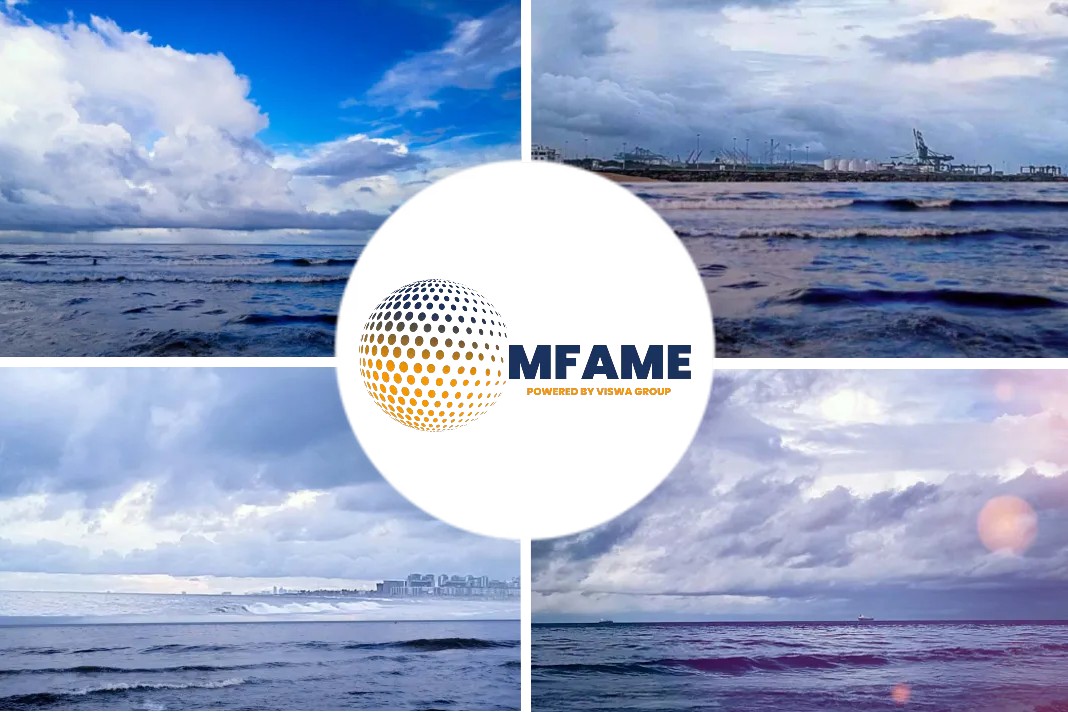- Splash Extra identifies the reasons for the current lull in the markets.
- Bulk carrier freight rates have increased in June every year since 2016, but this year they went down.
A recent news article published in Spalsh 247 states that bulk carriers have a pronounced case of the mid-year blues.
BDI averaged 2,412 in June
The BDI averaged 2,412 in June after 2,943 in May. The average for the first three weeks of July was 2,083 as the loss of momentum we reported a month ago has continued. Bulk carriers have a pronounced case of the mid-year blues.
Macro-economic signals are affecting sentiment. China’s GDP growth figure for Q122 of just 0.4% came as no surprise after the lockdowns, but the Chinese manufacturers’ PMI did go up in June to 51.7 points from 48.1 in May. China’s real estate market remains a longer-term concern. Official statistics for June show real estate output down 7% year-on-year, home sales down 23.4% year-on-year and property investment down 9.4%. Embattled real estate Evergrande CEO Xia Haijun and CFO Pan Darong were forced to resign on July 22 as authorities investigate $2bn of suspected ponzi-type deposit recycling.
Chances of recession
Meanwhile, Jerome Powell of the US Federal Reserve has raised interest rates and talked more openly of the chances of recession. The European Central Bank raised rates by 0.5% in July, the first increase for 11 years. Business and consumer confidence levels in the OECD are plummeting. Banks and economists are betting on a 50/50 chance of a technical recession (two quarters of negative growth) in OECD countries some time in the next 12 months.
Against that backdrop and the war in Ukraine, industrial commodity prices and trade are behaving oddly. Iron ore prices are down from a peak of around $160 in March to $90 for November delivery. The big Aussie miners extracted as much cargo as possible in May and June to optimise their year-end numbers with July fixtures following suit. Global iron ore exports were 138m tonnes in June, compared to 135m tonnes in May, according to cargo tracking specialists Oceanbolt. China has announced it will create a central iron ore purchasing board to replace the current system of licenses. That might mean huge bulk purchases as prices fall, or a return to something like contract pricing.
Coking coal prices are falling
Coking coal prices are falling along with iron ore, but thermal coal prices are near record levels as Russia’s gas customers switch and the global heatwave drives electricity demand. China is said to be considering allowing imports of Australian coal again which could add to an estimated 5% year-on-year increase in volumes.
As Russia and Ukraine have signed a grain deal there are hopes that an extra 20m tonnes of grain can be exported this year, which would lower grain prices, already falling the most in a decade on the Chicago exchange. Total seaborne tonne miles for grains in the first six months of last year were 1.29trn, while this year they were 1.09trn, a fall of 15%.
Consequences of these developments
The consequences of these developments are visible in freight market movements over the month to July 22. The Baltic Capesize Index drifted down to 2,000 points at the end of June but then stepped up to just short of 3,000 points on July 18 as June’s fears gave way to July’s demand for more lower-cost iron ore. Capes on the Australia-China route were earning $11.17 a tonne on July 22 compared to $11.25 on June 22 but the change in bunker prices meant that the C5 time charter equivalent moved from $19,430 on June 22 to $22,362 on July 22.
The Baltic Panamax Index is down 25% over the same period from 2,797 to 2,093 points, with all eight price-assessed routes losing ground. The Baltic Exchange P5TC average of panamax freight earnings has fallen 25% from $23,313 to $18,838.
Supramax 10 TC average is down
The Supramax 10 TC average is down 16% from $27,224 to $22,880, held down by lower panamax freight rates. That in turn has pulled down the handysize average earnings assessment by 16% from $28,606 on June 22 to $23,850 on July 22 with only HS3 and HS4, from South and North America to Western Europe, showing any positivity. The Handysize 7TC average is down 20% from $29,956 to $24,096.
The capesize forward curve was pricing November 2022 at around $27,000 per day in late June and is pricing November to around $26,000 as of July 22, about 11% lower. The supramax forward curve has also trended lower, with November 22 priced at $20,000, down around 10% in a month. Brokers report weak sentiment in both the Atlantic and the Pacific, with the freight market in all segments underperforming 2021 and seasonal expectations. The nervousness we reported last month is still being felt. Vessel operators and brokers are looking even more to their calendars and hoping that holiday season in August will give the markets a chance to reset and recover their mojo in September.
Did you subscribe to our daily Newsletter?
It’s Free! Click here to Subscribe
Source: Splash247


























